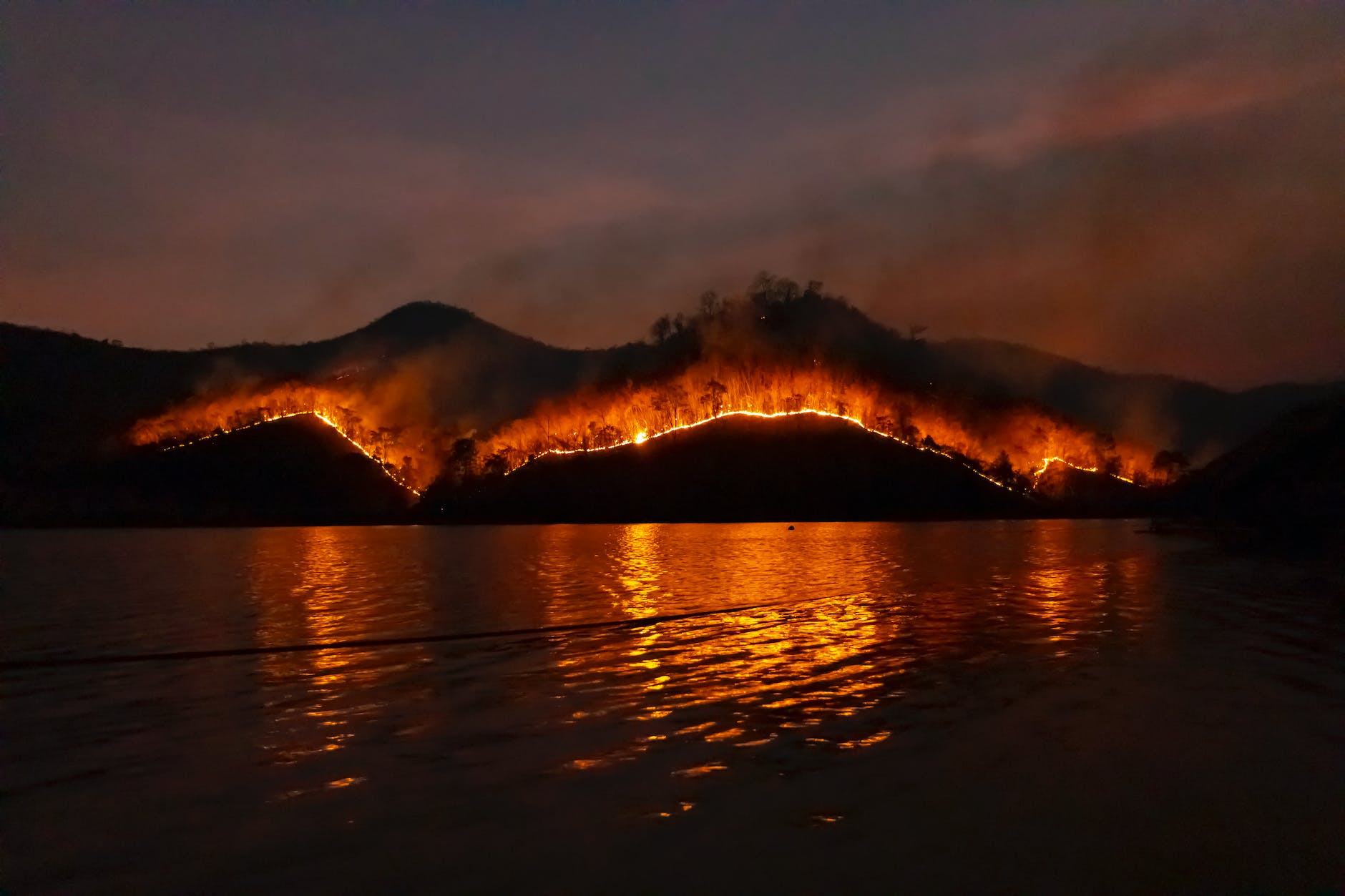TLDR: By taking the time to assess wildfire risks and create plans for prevention, protection, education and response a community can better prepare itself for wildfires and increase its resilience in the face of these disasters. With access to the right resources and knowledge, a community can be wild fire-ready and resilient in case of emergency. Taking wildfire preparation seriously is essential for any community’s safety and wellbeing. With proper planning and support, wildfires do not need to be a cause for fear or panic — they can be managed successfully with effective preparedness measures.
DYK: Firefighters will explain that fire is a chemical reaction known as exothermic oxidation, in which a fuel source is rapidly consumed during combustion, releasing heat, light, and smoke. For a fire to start and continue burning, it requires three elements: heat, fuel, and an oxidizing source, such as oxygen. If any of these components is removed, the fire will be extinguished.
Wildfires can happen anywhere with fuel, such as dry areas, and a spark to ignite it, such as lightning, a campfire ember, or a cigarette butt. These fires can be devastating, destroying homes, businesses, and lives. It’s essential for individuals and communities to understand their risks, plan ahead, and minimize the impact of wildfires. Even communities miles away from the fire can be negatively affected by the smoke, causing poor air quality and health problems. These communities should identify the most sensitive individuals and have plans in place to protect them.
The first step in community wildfire planning is to assess the potential risks, such as identifying areas at risk of wildfires, reviewing past incidents, and evaluating current resources and capabilities. This information can then be used to develop an action plan that outlines strategies for prevention, protection, education, and response.
Preventive measures, such as proper land management techniques and infrastructure improvements, can reduce the likelihood and intensity of wildfires. Protective measures, such as early warning systems, evacuation plans, and emergency shelters, can help communities prepare for wildfires and ensure the safety of those impacted. Education is also crucial in wildfire planning, informing people about risks, prevention measures, and safety tips.
Resources for wildfire planning are available from FEMA, state, and local governments. These include risk assessment guides, community action plans, protective measures, and response strategies. By using these resources, communities can create comprehensive wildfire plans, prepare for wildfires, and build resilience in the face of disaster.
Resources
US Gov: https://www.ready.gov/wildfires
State Wildfire Resources: http://www.nfpa.org/public-education/by-topic/wildfire/state-and-local-resources
Non-Profit Wildfire Planning Resources: https://fireadaptednetwork.org/resources/#planning
If you enjoyed this primer on wildfires please consider following on Medium @ Ryan Kmetz
